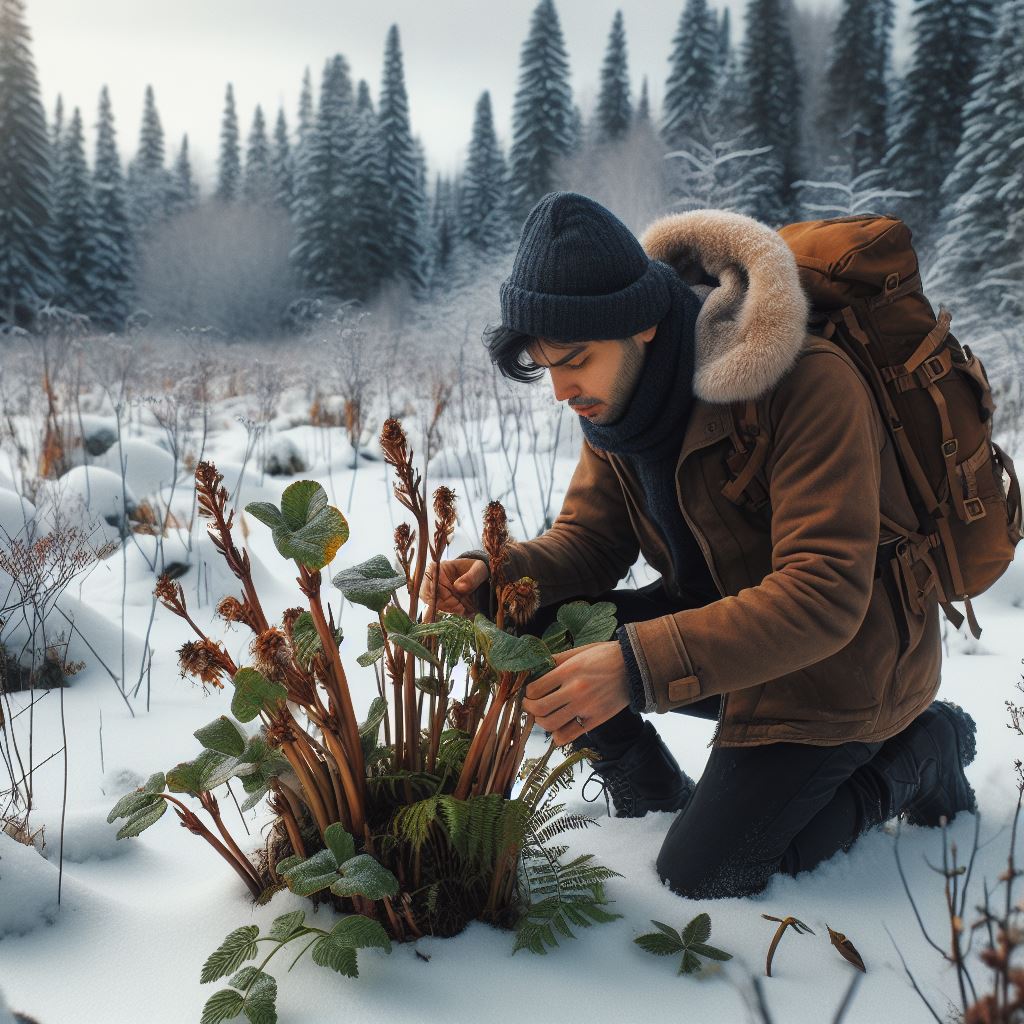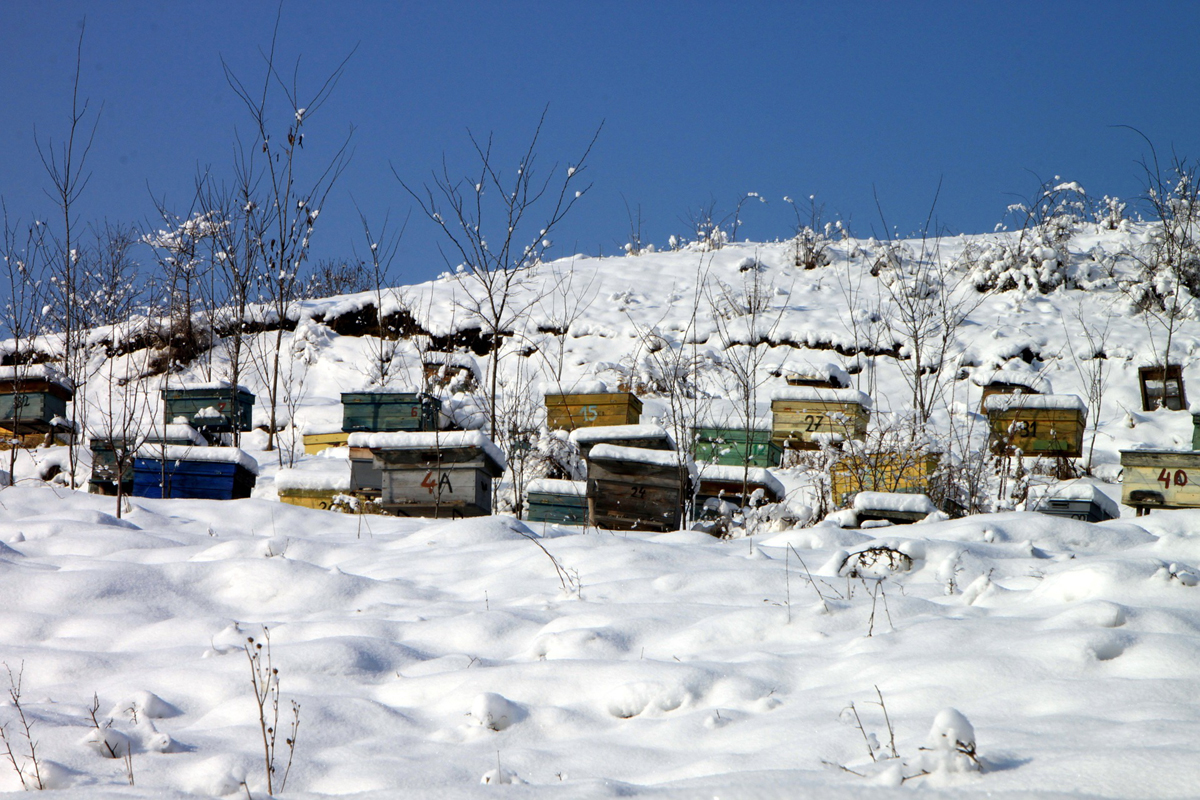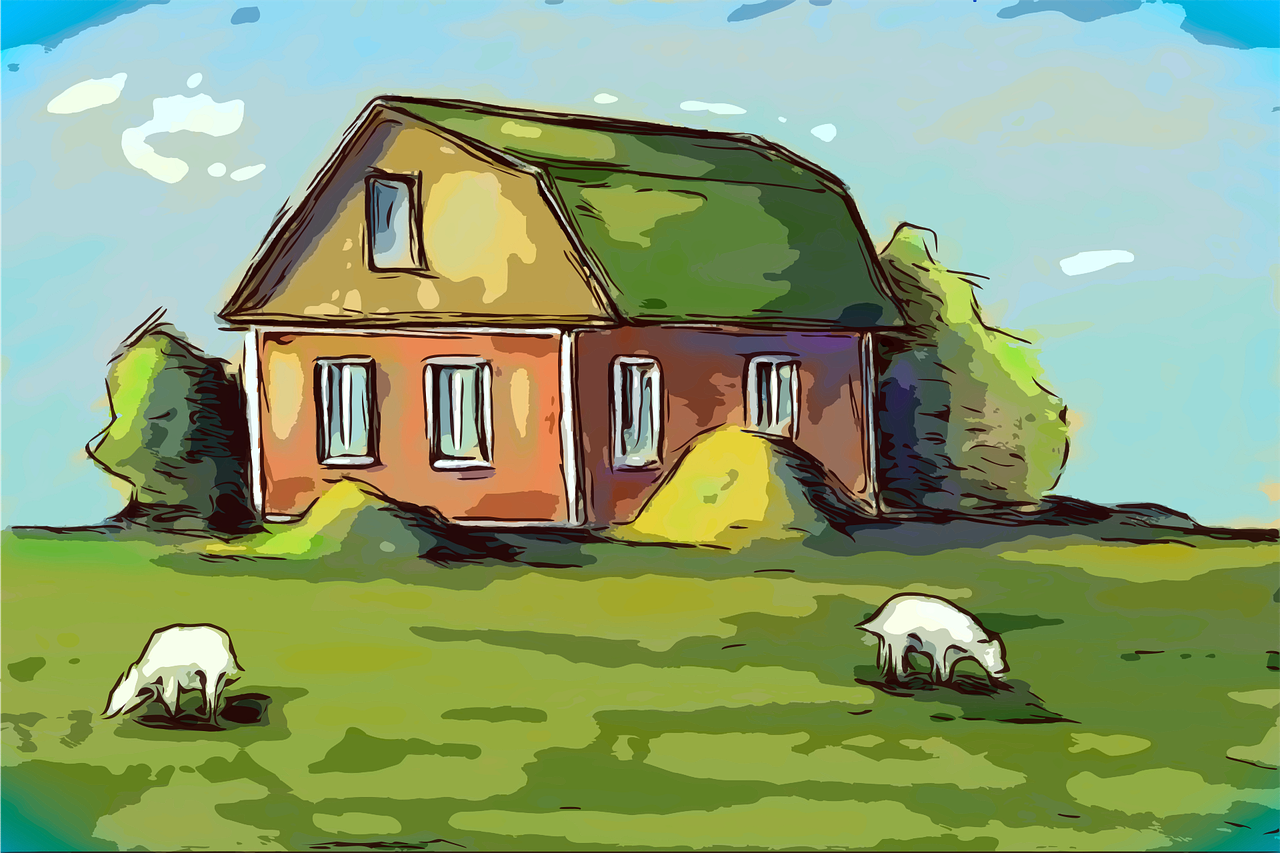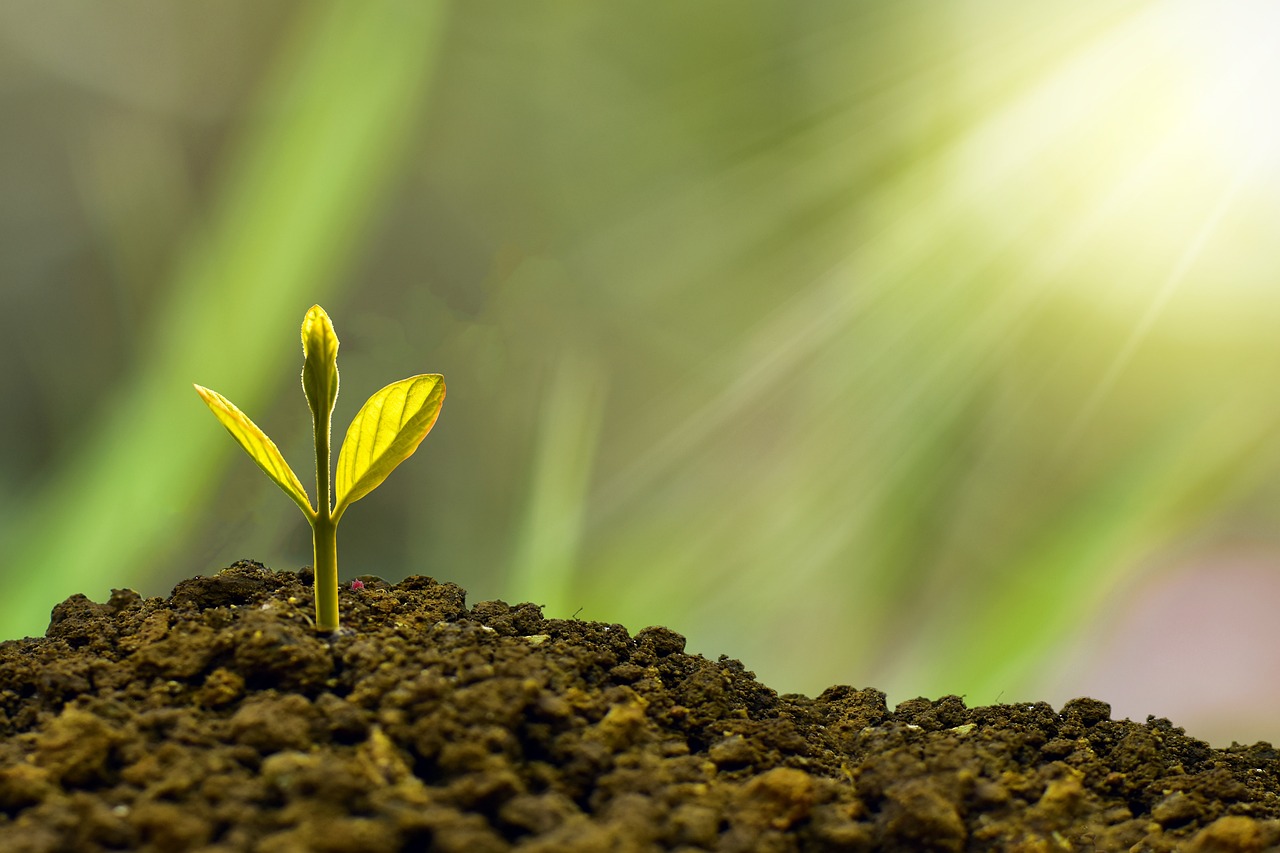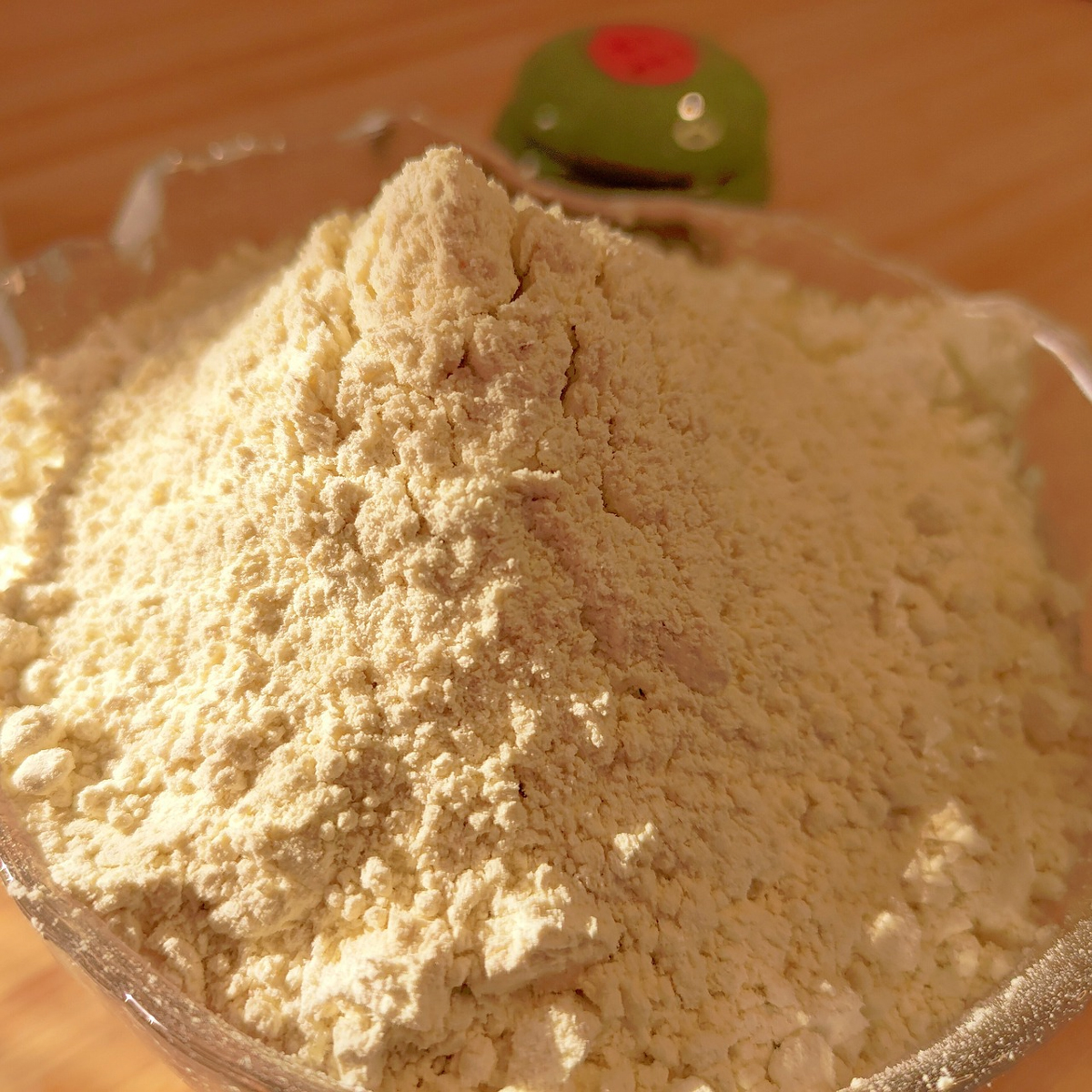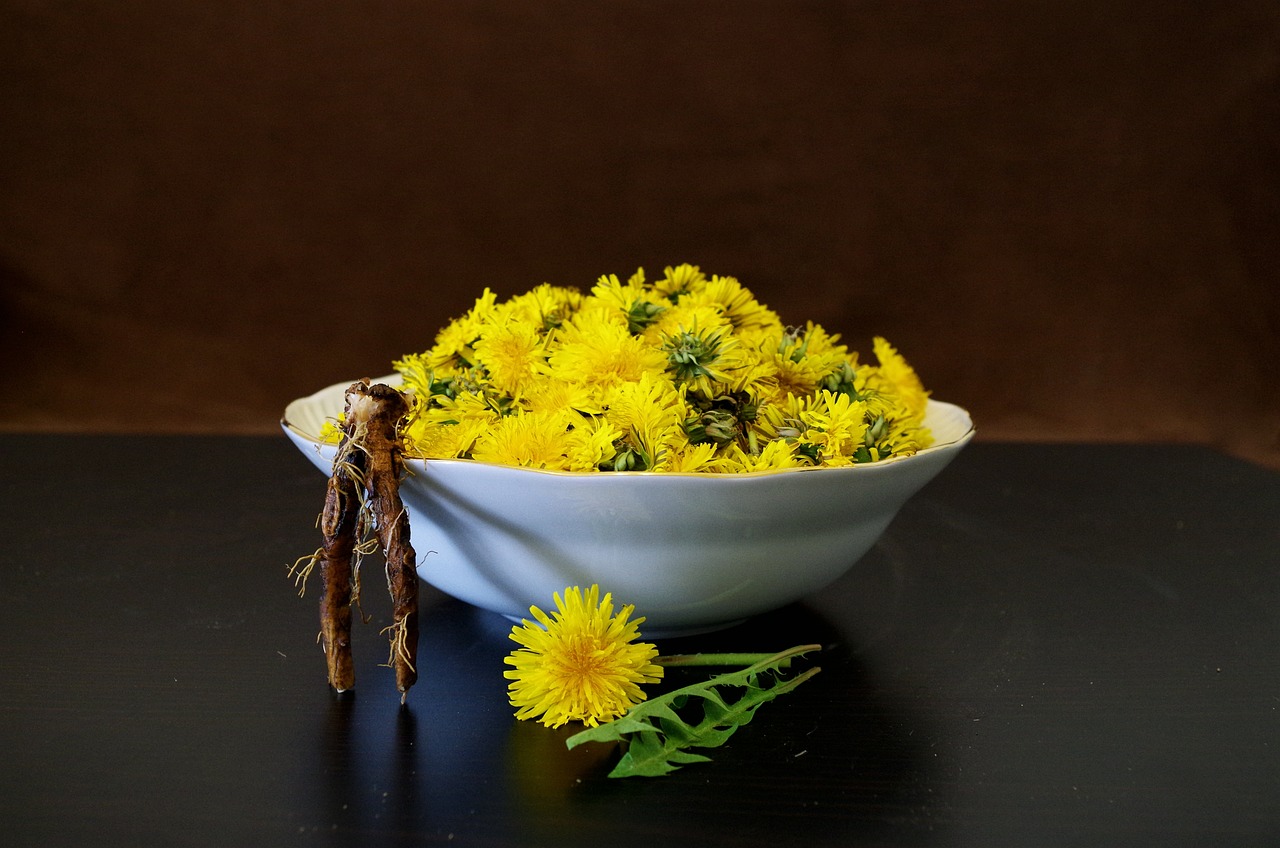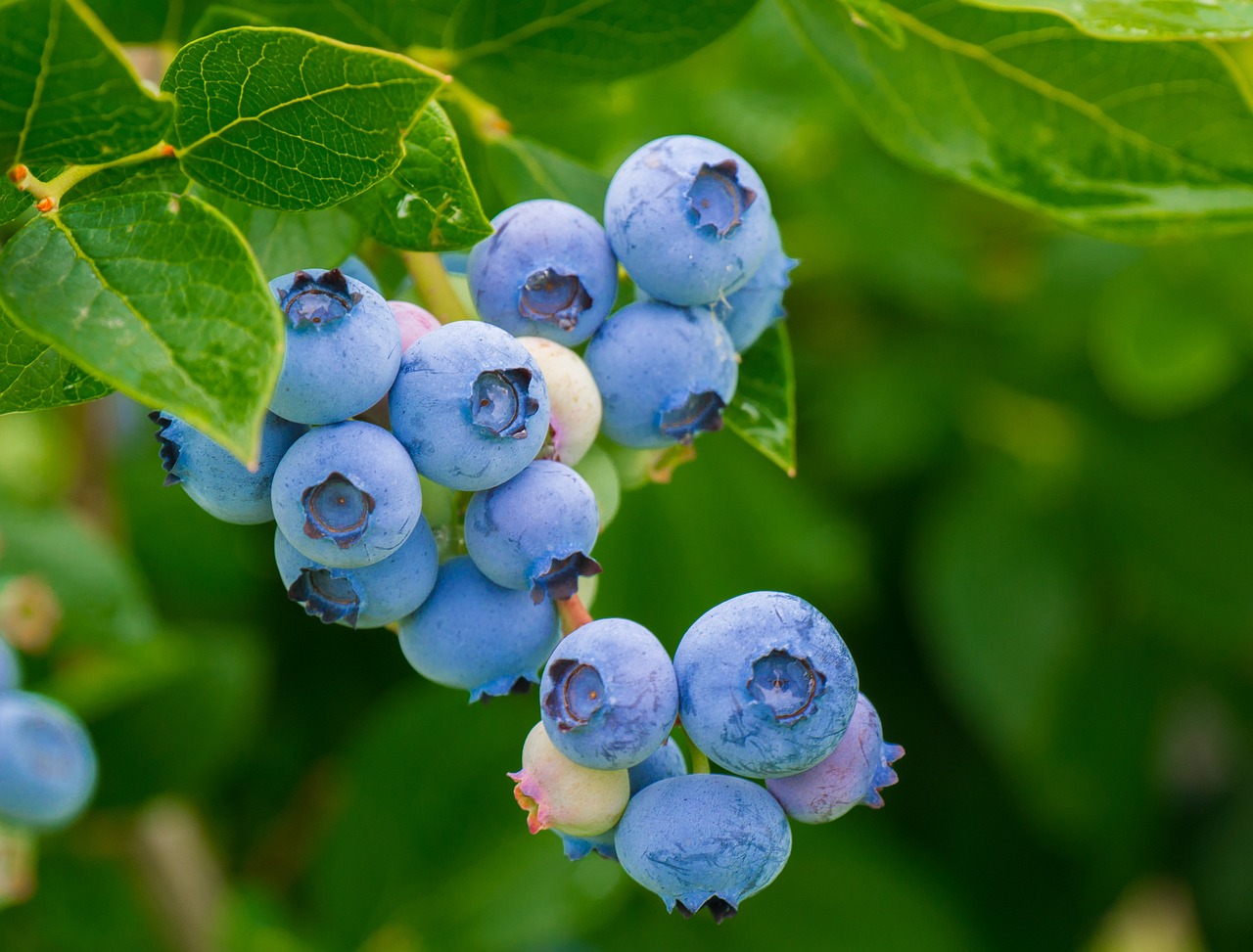Honey Color and Flavor
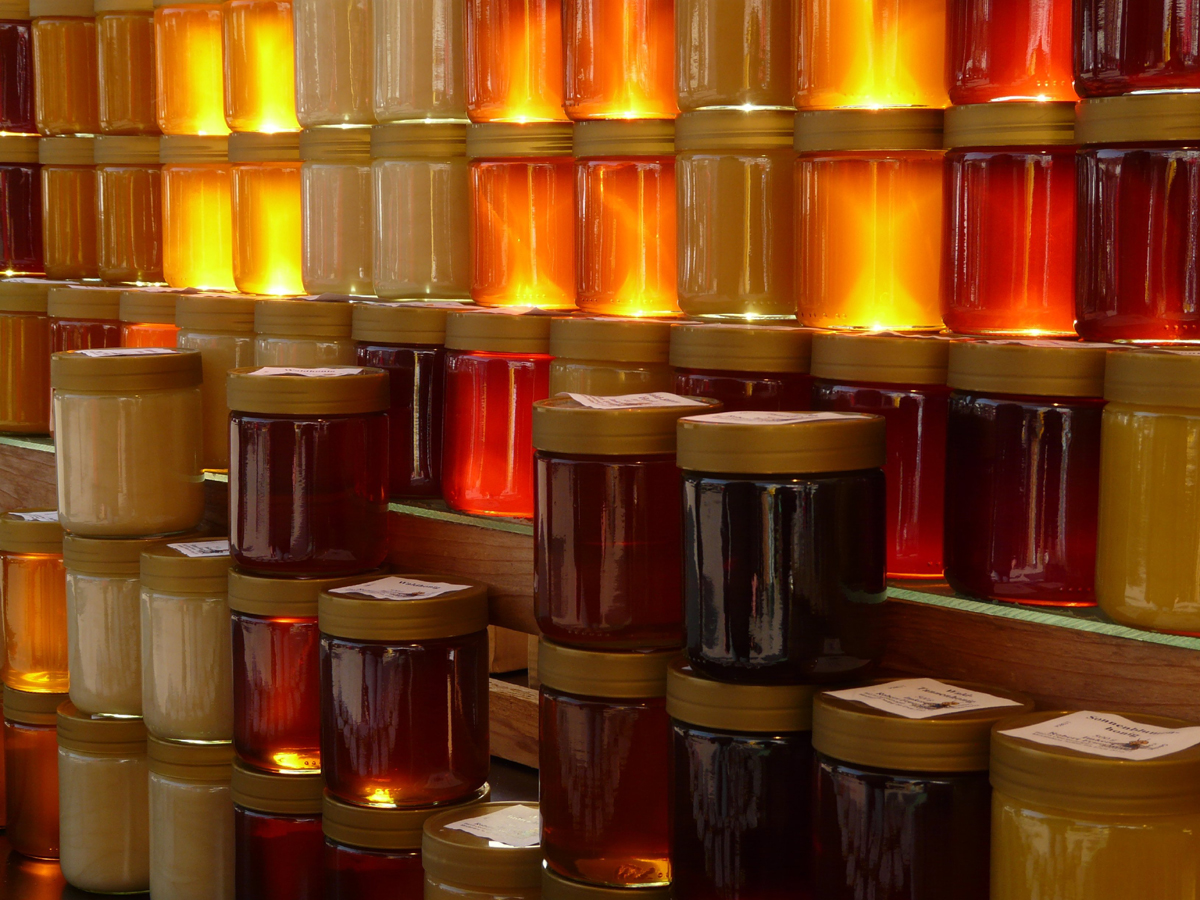
Honey Color and Flavor – It all depends on where the bees buzz
The color and flavor of honeys differ depending on the nectar source (the blossoms) visited by the honey bees. In fact, there are more than 300 unique types of honey available in the United States, each originating from a different floral source. Honey color ranges from nearly colorless to dark brown, and its flavor varies from delectably mild to distinctively bold, depending on where the honey bees buzzed. As a general rule, light-colored honey is milder in taste and dark-colored honey is stronger.
Honey is produced in every state, but depending on floral source location, certain types of honey are produced only in a few regions. Honey is also produced in most countries of the world.
Following is a look at some of the most common U.S. honey floral varieties. To learn more about available types of honey in your area, contact a local beekeeper, beekeeping association or honey packer. For help finding a honey packer or a specific floral source, visit the Honey Locator.
ALFALFA
Alfalfa honey, produced extensively throughout Canada and the United States from the purple blossoms, is light in color with a pleasingly mild flavor and aroma.
AVOCADO
Avocado honey is gathered from California avocado blossoms. Avocado honey is dark in color, with a rich, buttery taste.
BLUEBERRY
Taken from the tiny white flowers of the blueberry bush, the nectar makes a honey which is typically light amber in color and with a full, well-rounded flavor. Blueberry honey is produced in New England and in Michigan.
Honey Myth or Fact – What Do You Know?
BUCKWHEAT
Buckwheat honey is dark and full-bodied. It is produced in Minnesota, New York, Ohio, Pennsylvania and Wisconsin as well as in eastern Canada. Buckwheat honey has been found to contain more antioxidant compounds than some lighter honeys.
CLOVER
Clover honey has a pleasing, mild taste. Clovers contribute more to honey production in the United States than any other group of plants. Red clover, Alsike clover and the white and yellow sweet clovers are most important for honey production. Depending on the location and type of source clover, clover honey varies in color from water white to light amber to amber.
EUCALYPTUS
Eucalyptus honey comes from one of the larger plant genera, containing over 500 distinct species and many hybrids. As may be expected with a diverse group of plants, eucalyptus honey varies greatly in color and flavor but tends to be a stronger flavored honey with a slight medicinal scent. It is produced in California.
>> 11 Most Unbelievable Honey Benefits That Many People Don’t Know
FIREWEED
Fireweed honey is light in color and comes from a perennial herb that creates wonderful bee pasture in the Northern and Pacific states and Canada. Fireweed grows in the open woods, reaching a height of three to five feet and spikes attractive pinkish flowers.
ORANGE BLOSSOM
Orange blossom honey, often a combination of citrus sources, is usually light in color and mild in flavor with a fresh scent and light citrus taste. Orange blossom honey is produced in Florida, Southern California and parts of Texas.
SAGE
Sage honey, primarily produced in California, is light in color, heavy bodied and has a mild but delightful flavor. It is extremely slow to granulate, making it a favorite among honey packers for blending with other honeys to slow down granulation.
TUPELO
Tupelo honey is a premium honey produced in northwest Florida. It is heavy bodied and is usually light golden amber with a greenish cast and has a mild, distinctive taste. Because of the high fructose content in Tupelo honey, it granulates very slowly.
Why Everyone Should Always Keep a Jar of Honey at Home
WILDFLOWER
Wildflower honey is often used to describe honey from miscellaneous and undefined flower sources.
HONEY BLENDS
While different types of honey are available, most honey, especially honey supplied in bulk, is blended to create a unique and consistent taste and color.
© National Honey Board
Photo.
Source & Photo: Courtesy of the National Honey Board.

